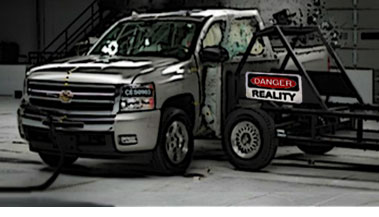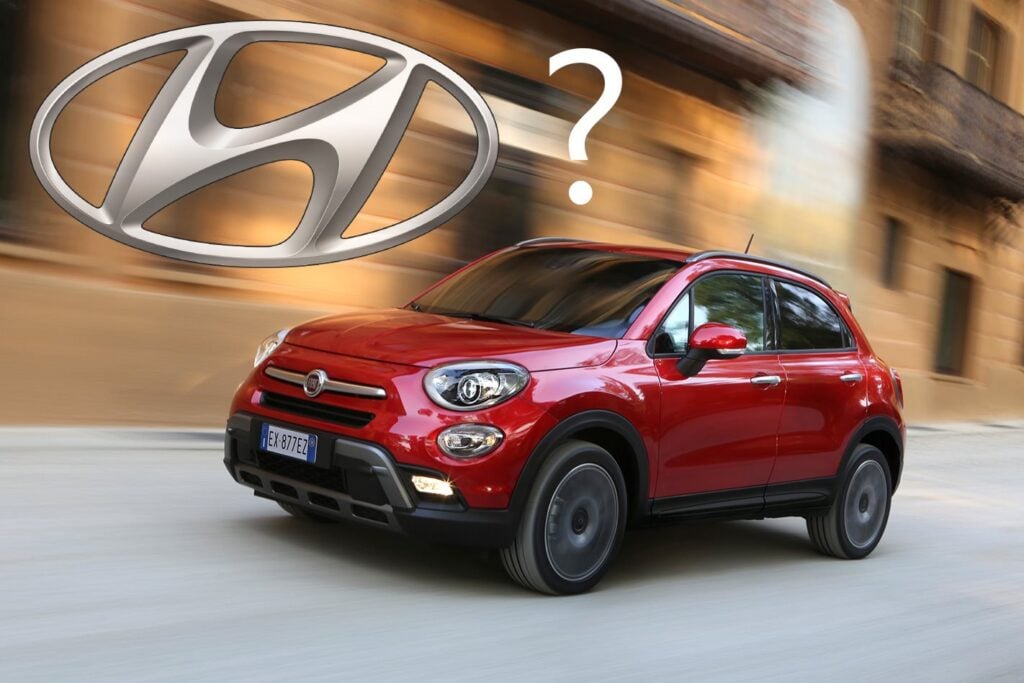Not that long ago, Rick Wagoner, CEO of General Motors, announced to a crowd celebrating the automaker’s 100th anniversary, “We’re a company that’s ready to lead for 100 years to come.”
They missed their goal by 99 years, four months.Facing reality after years of dodging it, GM filed for bankruptcy on the very day its Detroit rival, Chrysler, forged a formal link with Fiat to emerge from its bankruptcy.GM declared it has $82.29 billion in assets and $172.81 billion in debts. The automaker’s bankruptcy is the third largest in U.S. history, biggest ever by an industrial concern.To add insult to injury, bankruptcy required that GM be dropped from the stock market’s prestigious Dow Jones Industrial Average, the list of the 30 largest and most widely held blue chip U.S. companies. It was replaced by the communications and computer networking company Cisco Systems…a sign of the times?In fact, with the bankruptcy filing GM’s common stock became worthless. Once touted as a major “widow’s and orphan’s” stock because of the company’s strength and dependability, it closed at a Great Depression-level $0.75 cents per share on the last trading day before bankruptcy, a fall of around $70 since the now-government-deposed Wagoner took over GM in 2002.Incidentally, as President Obama and GM CEO Fritz Henderson were explaining GM’s bankruptcy, the stock market shot up some 250 points…What’s next?With the government-forced filing, GM will receive a public cash injection of $30 billion so it can continue operations while the old GM ceases to exist and a “New GM” is created. Added to the earlier $19.8 billion loaned GM, this $50 billion gives the U.S. government a 60 percent stake in the new firm.Canada and the province of Ontario, which have significant GM factories, will get a 12 percent chunk of the New GM in exchange for a $9.5 billion investment. The auto worker’s health-care fund takes a 17.5 percent share in return for concessions. Bondholders get 10 percent with warrants to buy an additional 15 percent, this equity-for-debt swap intended to cover a portion of their huge losses that come with the restructuring.Chrysler’s bondholders were large financial concerns, as are many of GM’s, but the latter’s bondholders also included thousands of individuals from autoworkers to school teachers who had grown up in a society where the automaker was considered a “can’t fail” investment…but it did and now they can only lick their wounds.Eleven GM factories that account for stamping, assembly and powertrain will be closed, four this year, six next year and one in 2011. Three more will be put on standby. One may be converted to a new factory to build small cars.These and other closings will mean the loss of what could be 21,000 auto worker jobs out of GM’s 54,000. “White collar” jobs will also be cut from the firm’s additional 38,000 employees.Also on the chopping block are dealerships. GM had announced in mid-May that it would notify 1124 dealerships that their franchises would not be renewed when they expire on October 31, 2010. Roughly another 550 will be gone as Pontiac is phased out and Hummer, Saab and Saturn sold. And now an additional 450 will get their termination letters.This is GM’s plan to cut the number of dealers from 5,969 to 3600 as part of the restructuring. While this elimination of dealers would have been a legal logjam before bankruptcy, one benefit of the action is the ability to end otherwise difficult contracts.This New GM, trimmed of excessive production capacity, workers, dealers and with lower employee costs, is hoped to be a leaner, more competitive company.GM has said that the bankruptcy does not affect operations outside the U.S., though, of course, GM is selling the majority of its Opel operations to Sberbank, a Russian bank; Canada’s Magna International; and Opel employees. Prospects for Vauxhall seem uncertain.Saab’s future is up in the air as a trio of bidders including exotic car builder Koenigsegg, play their hands. Hummer is reported to have been sold so a Chinese company. GM is mulling over offers for Saturn, including those from Roger Penske and Magna International. The last one is interesting as Magna is now involved in Opel and the modern Saturns are almost all lightly Americanized Opel models. Other elements that made up the “old GM” will also be sold off.What does that leave for the New GM? Chevrolet, Cadillac, GMC (trucks) and Buick, the latter thanks to its popularity in China. The job will be to make the operation more efficient, driving labor costs down to those paid by transplant Japanese and German automakers in the U.S., and achieving efficient plant utilization.And, most important of all, producing cars Americans want. In his speech announcing the New GM, CEO Fritz Henderson admitted that in the past GM would launch 15 new vehicles, expecting five to be hits and 10 to be average. He said that attitude was over and admitted something GM executives would have been too proud to acknowledge in the past asking consumers to, “Give us another chance. The GM that let you down is history.”The New GM is expected to emerge from bankruptcy in 60-90 days and when it does, Obama has said it will not be run by the government. Many Americans are edgy over the idea of the government operating what should be a private company…even those who admit “the feds” had little choice but force GM into bankruptcy. Obama tried to comfort them by called the government a “reluctant investor” in Detroit. Treasury Secretary Timothy Geithner said, “We want a quick, clean exit as soon as conditions permit.”Hopefully that is what will happen and we’ll have a strong New GM, but to most Americans the day GM announced bankruptcy was a sad one. To many it means lost employment, and that extends beyond the automakers and the tens of thousands employed by dealerships and supplier companies. As one example, all the restaurants, churches, grocery stores, Girl Scout troops, clothing shops, charities, et al supported by those 11 closed GM factory’s workers will suffer.A total of 789 Chrysler dealers and their employees were already familiar with the feeling of being cast off. They had been told mid-month that they were being dropped by the automaker. Many of those terminated were small stores in small communities, often owned by the same family for decades.In reality, the problems now being solved by the bankruptcies of GM and Chrysler are not new. The matters of manufacturing overcapacity, excess dealerships, unsustainable labour costs, too many models, etc have been discussed for years. Somehow it was believed they could be solved in a calm, orderly manner.Apparently they couldn’t.In an unrelated news item, we got word as GM was sinking into bankruptcy that Millvina Dean had died. Dean was the last surviving passenger from the Titanic. Rescued at 2 months old and surviving until she was 97 years old, Dean didn’t last quite as long as GM, but the event that forever linked her with history at the beginning of her life was as traumatic to the public then as GM’s failure is for us today.We sail through life thinking we’re so darn smart… and then.





